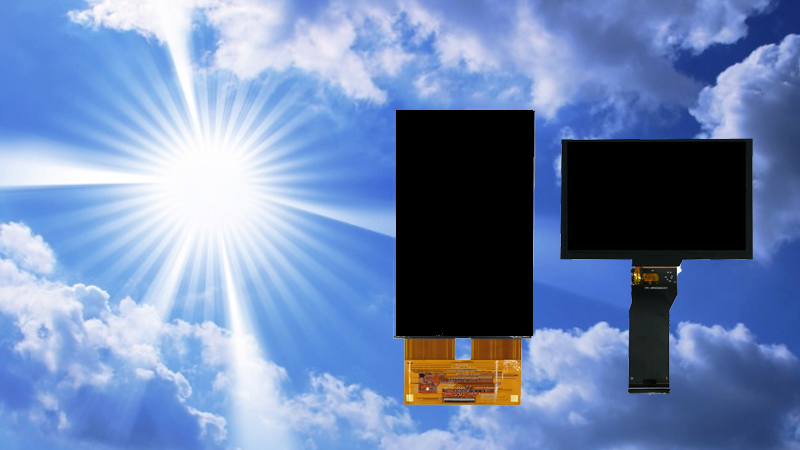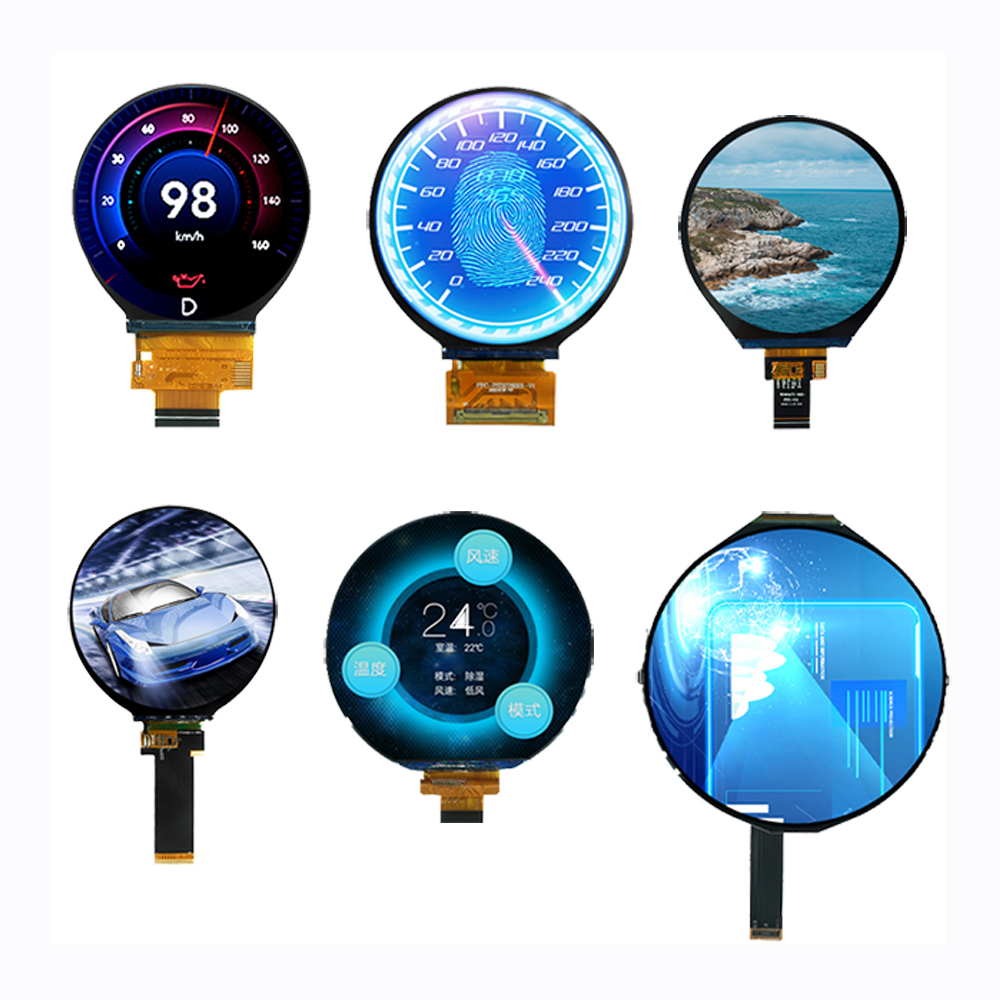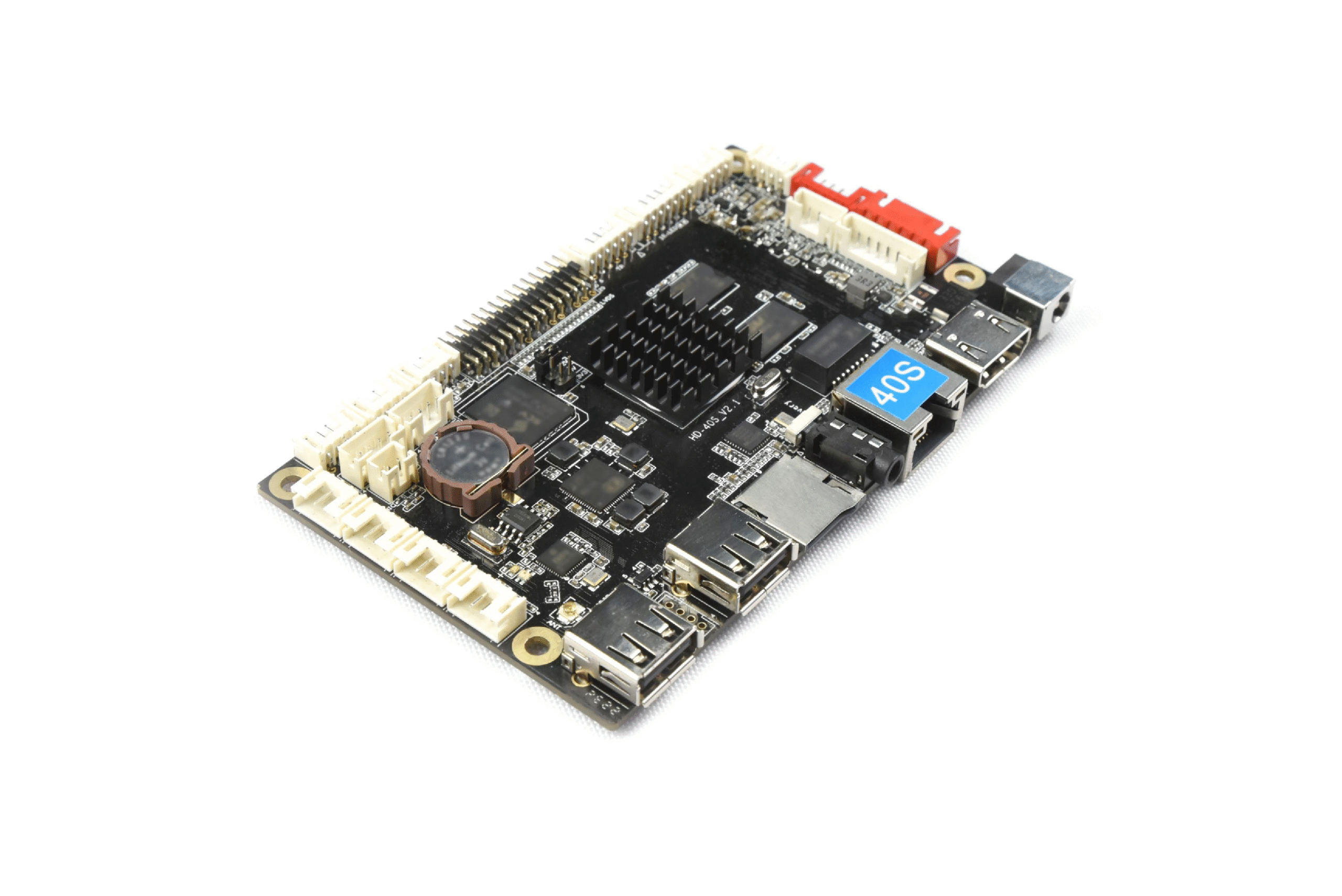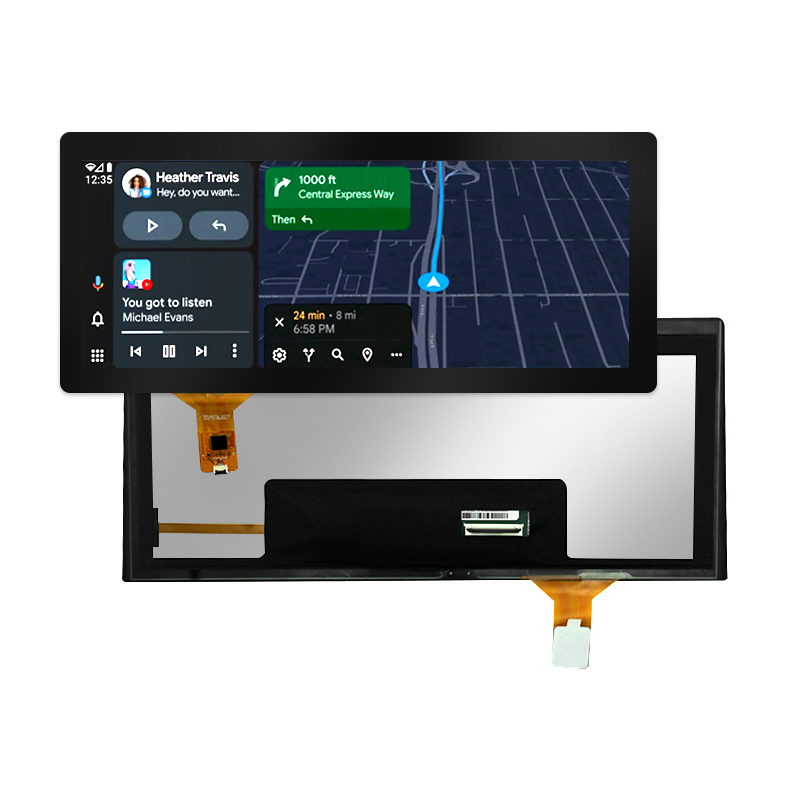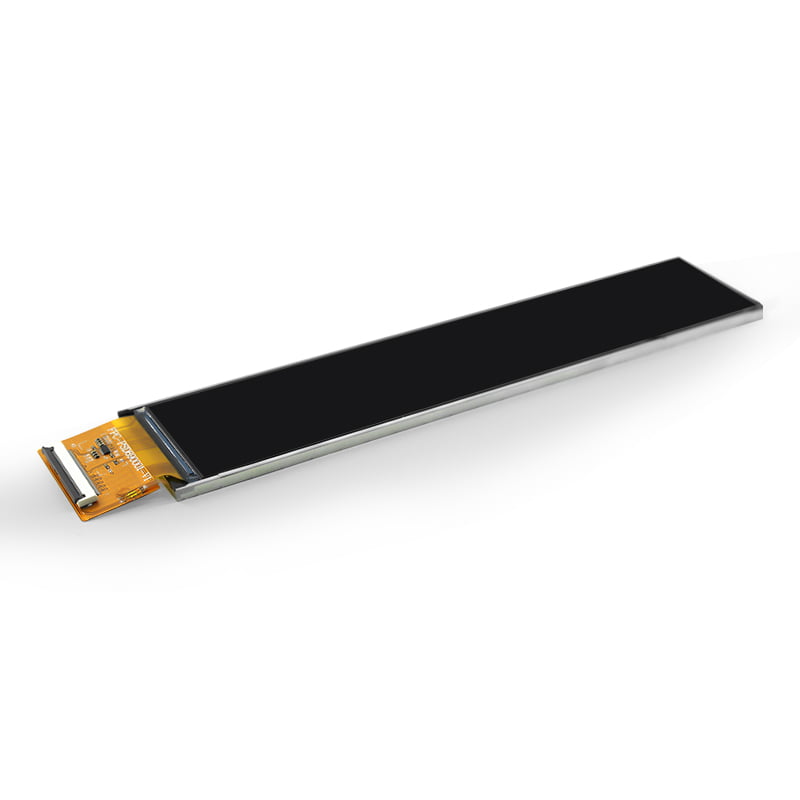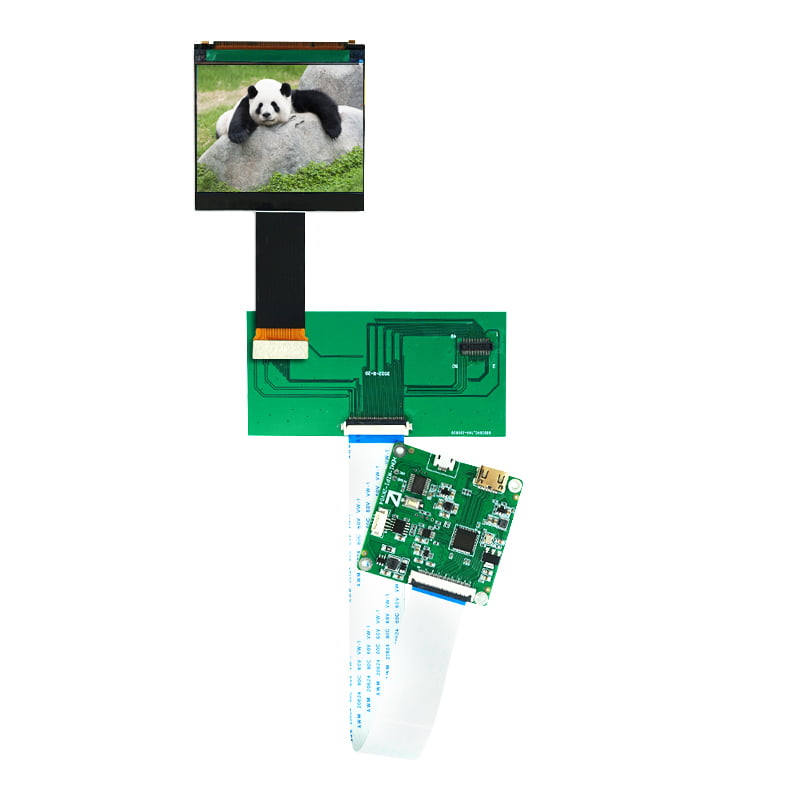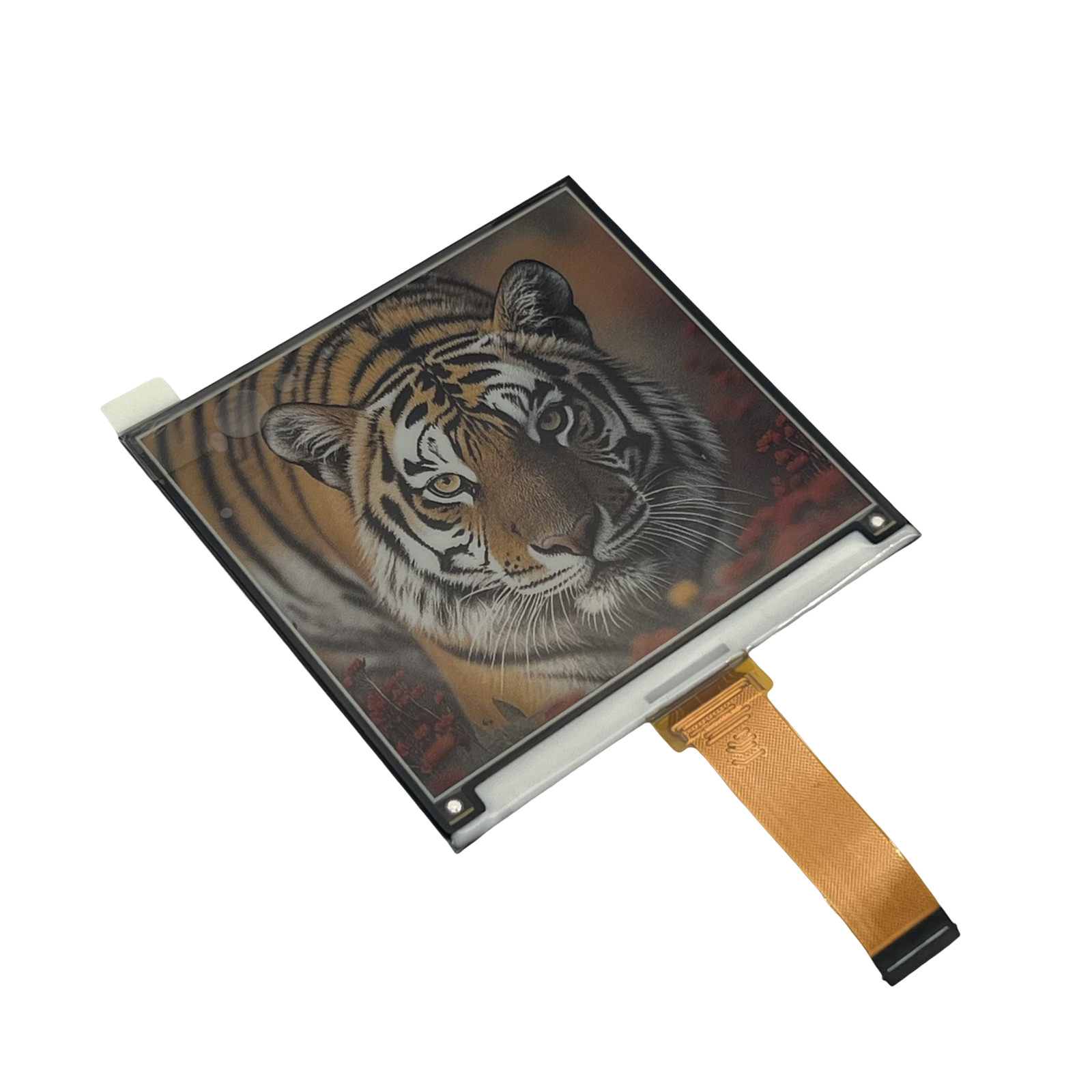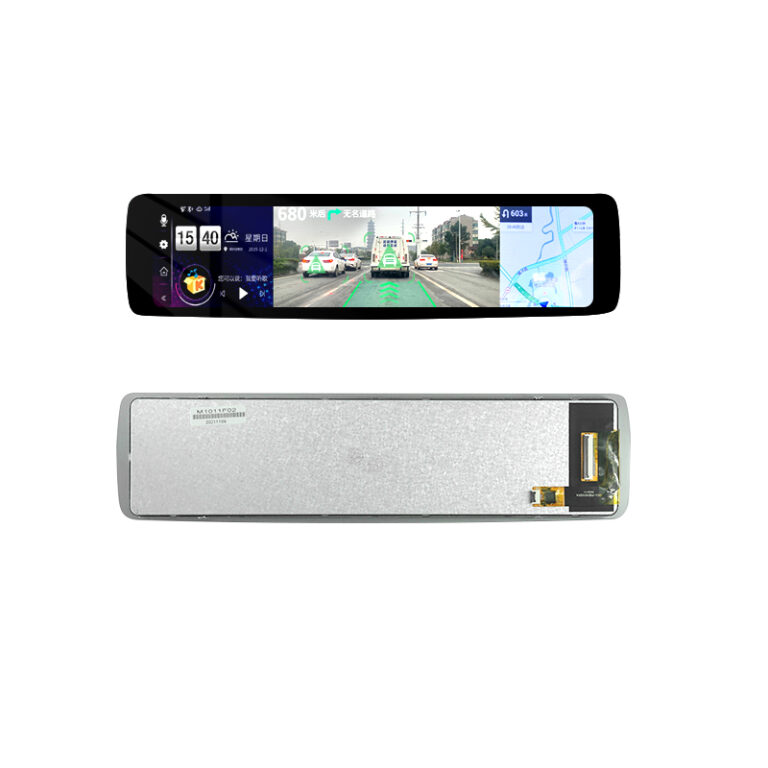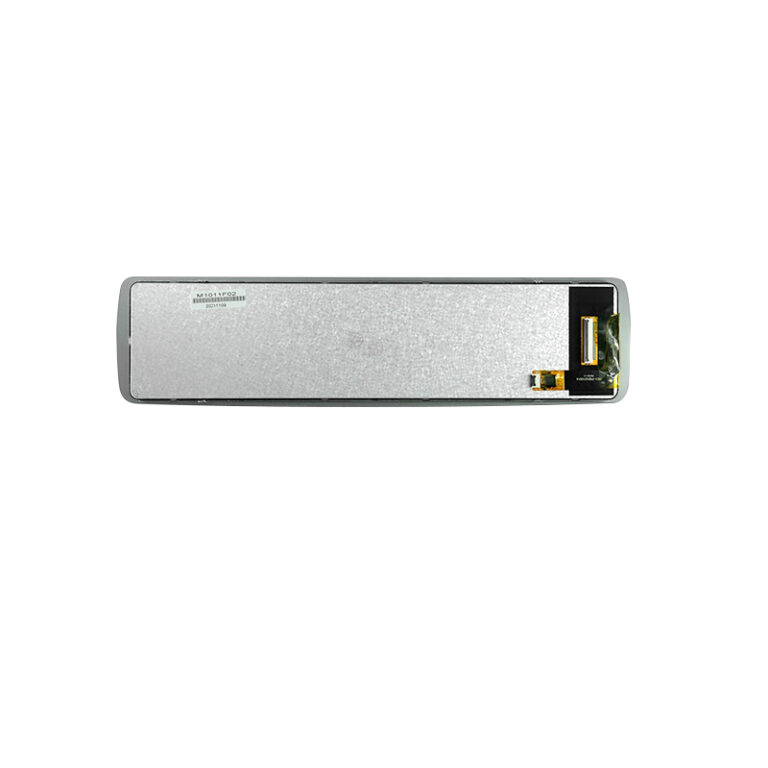
Automotive Display
Our automotive displays are engineered to meet the highest standards of performance and durability in the automotive industry. Offering both TFT LCD and OLED options, these displays are designed for optimal clarity and reliability under various driving conditions. With advanced features like In-Plane Switching (IPS) technology, they provide superior color reproduction, exceptional contrast, and wide viewing angles, ensuring information is always clearly visible, even in direct sunlight. Built to endure extreme temperatures and vibrations, our displays are ideal for applications ranging from infotainment systems to advanced driver-assistance systems (ADAS) and instrument clusters. Whether you’re developing a cutting-edge dashboard or a user-friendly touchscreen interface, our automotive displays are customizable to meet the specific needs of your project, offering long-term performance and clarity in all environments.
- Size: 10.1 inch
- Resolution: 440*1920
- Brightness: 550nit
- Interface: MIPI
- Touch: with touch
Automotive Display
In the era of connected vehicles and smart mobility, automotive displays have transformed from simple dials and indicators into intelligent, multi-functional digital canvases. These screens are not just about presenting speed and fuel—they are now central command hubs, navigation systems, infotainment centers, and safety interfaces.
As vehicles evolve into software-driven machines, automotive displays have become essential in enhancing driver awareness, personalizing experiences, and enabling safer driving through clearer and more adaptive interfaces.
What is an Automotive Display?
An automotive display is a purpose-built screen designed for in-vehicle use, optimized for high durability, readability under sunlight, temperature resistance, and user-friendly control. Early displays were monochrome LCDs limited to odometers. Today’s displays include digital instrument clusters, center infotainment units, HUDs (Head-Up Displays), and even rear-seat entertainment systems.
Automotive displays are often multi-modal, combining touch, haptics, voice, and gestures to help reduce distraction and improve safety.
Types of Automotive Displays
| Display Type | Functionality | Typical Size |
|---|---|---|
| Instrument Cluster | Replaces analog gauges (speed, RPM, fuel) | 7–12.3 inches |
| Center Stack Display | Main infotainment, navigation, HVAC, and control | 8–15 inches |
| Head-Up Display (HUD) | Projects critical data on windshield or combiner | 3–5 inches virtual |
| Rear-seat Entertainment | Media for passengers | 10–13 inches |
| Passenger Touch Display | For co-driver interactivity | 5–12 inches |
| Mirror-integrated Display | Backup camera view, blind spot detection | 4–6 inches |
Display Technologies in Automotive Use
Several display technologies power today’s automotive interfaces:
TFT-LCD: Cost-effective, reliable, and sunlight-readable with proper backlight
OLED: Deep blacks and rich contrast for premium vehicles; needs burn-in protection
Mini LED: Emerging tech offering OLED-like contrast with LCD longevity
LTPS-LCD: Higher resolution and lower power, suitable for cluster and HUDs
Capacitive Touch Panels: Multi-touch, gesture, and haptic feedback support
Each technology must pass automotive-grade requirements including vibration, temperature shock, EMI, and humidity resistance.
Sunlight Readability and Brightness
Driving conditions demand superior brightness and anti-glare features. Automotive displays must reach 800–1200 nits, with high contrast ratios and AR (Anti-Reflective) coatings to remain legible under direct sunlight.
Optical bonding is commonly applied to eliminate air gaps, reduce reflection, and improve durability.
Vehicle System Integration
Modern displays interface with a variety of vehicle electronics using:
CAN Bus for real-time ECU data (speed, fuel, warnings)
Automotive Ethernet for high-bandwidth video and media streaming
MCUs and GPUs from NXP, Qualcomm, Renesas, or NVIDIA for rendering graphics
The integration must support real-time responsiveness, especially for safety-critical functions.
Touch, Gesture & Voice Control
To enhance safety and reduce distraction:
Touchscreens now include haptic feedback and multi-gesture recognition
Hand-gesture sensors allow control without physical contact
Voice recognition (integrated with Alexa, Siri, or custom assistants) simplifies tasks like navigation and media control
Driver-vehicle interaction is being redesigned for minimal eye-off-road time.
HUD: Head-Up Display Technology
HUDs project speed, navigation, and alerts onto the windshield using:
DLP or LCD projection systems
Combiner glass or windshield reflections
Collimating lenses for image clarity and depth perception
Advanced systems integrate AR (Augmented Reality), overlaying navigation arrows on the actual road ahead for intuitive guidance.
Trends in Display Size and Layout
Manufacturers are shifting from single screens to ultra-wide, curved, or multi-display layouts, such as:
12.3” instrument clusters
15” floating center stacks (e.g., Tesla Model 3)
40” pillar-to-pillar panels (e.g., Mercedes EQS Hyperscreen)
Curved, frameless, and seamless bonded displays are now the gold standard in premium interiors.
Multi-Display Architectures
Vehicles now feature three to six integrated displays that share data and design:
Digital cluster + center infotainment
Passenger display + HUD
HVAC mini screen + rotary dial LCD
These are often powered by a centralized cockpit domain controller to manage rendering and data flow efficiently.
Durability & Automotive Certification
Automotive displays must meet:
AEC-Q100 standards for electronic components
-30°C to +85°C operating temperature range
Resistance to UV, shock, vibration, and humidity
EMI shielding to prevent signal interference
Automotive TFT modules use reinforced glass, optical bonding, and conformal coating for added reliability.
UI/UX Design Principles in Automotive Displays
Good UI/UX is not just aesthetic—it’s safety-critical. Design principles include:
Glanceability: Info must be recognizable within 2 seconds
Contrast & Color Coding: Prioritize alerts and warnings
Consistent Hierarchy: Predictable menu structures reduce mental load
Night & Day Modes: Adaptive brightness and contrast
The goal is efficiency without distraction.
AI & Personalization
Modern automotive displays can:
Auto-adapt layouts based on driver profiles
Show predictive suggestions (e.g., route recommendations)
Remember preferred settings for climate, media, and cluster layout
Integrate with AI co-pilots and driver monitoring systems (DMS)
Personalization is a key competitive differentiator.
AR and 3D Visualization
The next-gen displays bring AR navigation overlays, 3D terrain maps, and even stereoscopic displays for future cockpit concepts.
AR HUDs project real-world navigation paths and pedestrian alerts directly on the windshield—providing real-time, spatially-aware data.
Infotainment System Integration
Displays serve as control centers for:
Streaming media
Smartphone mirroring (CarPlay/Android Auto)
Vehicle settings and diagnostics
Third-party apps for parking, charging, or weather
Systems are often powered by Android Automotive OS or custom Linux-based platforms.
Power Management and Thermal Design
Due to tight space and heat constraints:
Displays are optimized for low-power standby modes
Use LED backlights with PWM control
Have heat sinks, graphite sheets, or active ventilation
Proper thermal management ensures safety and longevity.
Manufacturing and Supply Chain Challenges
Key challenges include:
Long product lifecycles (7–10 years)
High-quality requirements with zero pixel defects
Automotive-qualified sourcing
Supply chain resilience for semiconductors and panels
Vendor partnerships and design-for-automotive methodologies are critical.
Case Studies: Leading OEM Displays
Tesla: Single large 15” tablet controls everything—from climate to driving mode. Responsive and minimalist.
Mercedes-Benz MBUX Hyperscreen: 3 OLED screens under one glass, combining cluster, center display, and passenger interface.
These examples illustrate the shift toward user-centric, high-fidelity digital experiences.
The Future: Transparent, Flexible, and Multi-layer Displays
R&D is now pushing boundaries:
Transparent OLED for HUDs and windows
Flexible panels that bend with surfaces
Holographic or 3D interfaces for depth-based UIs
Micro-LED automotive panels for long-term clarity and precision
These advances signal a fully digital, immersive, and adaptive cockpit environment.
FAQs
What makes a display automotive-grade?
It must meet AEC-Q standards, work in extreme conditions, and be EMI shielded for electronic safety.
Are OLED displays used in cars?
Yes, especially in premium vehicles for their high contrast, though care is needed to prevent burn-in.
What is the typical lifespan of an automotive display?
Around 7–10 years, aligning with the vehicle lifecycle.
Can displays be updated over-the-air (OTA)?
Yes. Many systems support OTA for firmware and interface updates.
Are round displays used in automotive dashboards?
Yes, for digital gauge clusters and retro-inspired designs using circular layouts.


